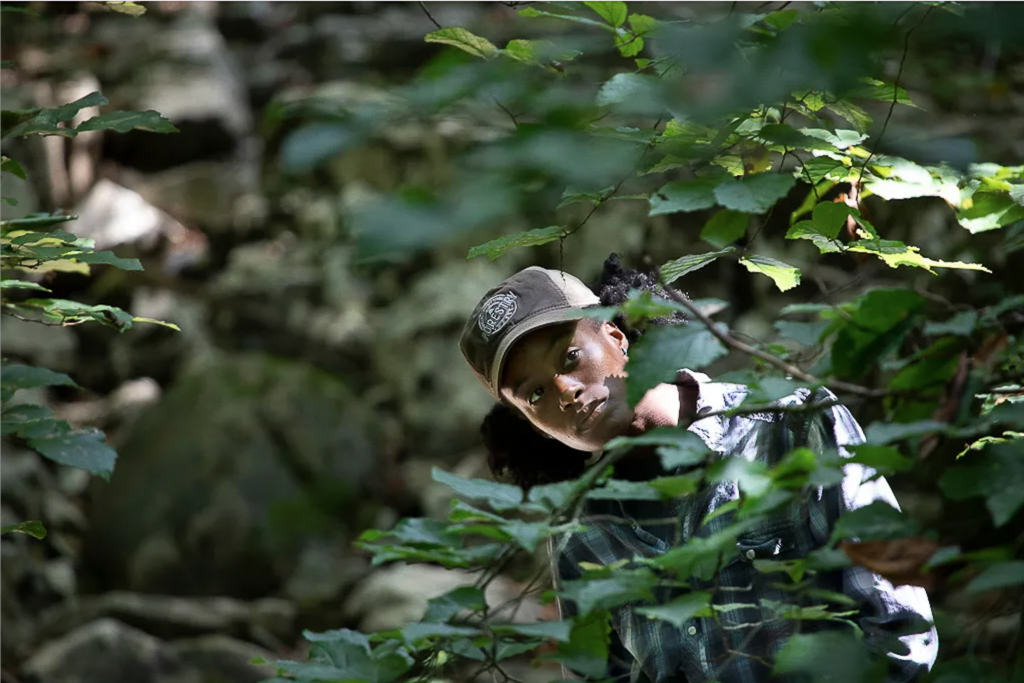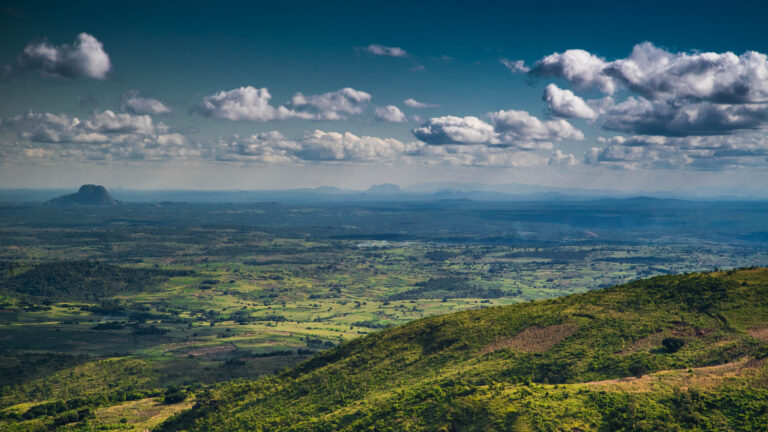Paint Rock Forest, Alabama
Place:
Paint Rock Forest, Alabama
United States of America
Alabama’s Paint Rock Forest tree data suggests that more than 150 tree species including, an unusually large number of oaks, hickory, ash, elm, maple, and buckeye tree species, along with rare species like yellowwood, limerock arrow wood, and American smoketrees, occur within the 75,000 hectares of the upper Paint Rock River drainage. This tree diversity rivals that of seasonal tropical forests.
Why this place?
In E.O. Wilson’s home state of Alabama, within a few thousand acres of Northern woods and river bottom, complex topography and hydrology support an unusually diverse and intact forest. High diversity of species, genera, and families and numerous relictual species indicate its long-term importance as a climate refuge.
How does it contribute to Half-Earth?
This distinctive landscape offering what may be a unique opportunity to study and understand every aspect of tan ecosystem, from its surprisingly undisturbed forests and soils, down through the extensive network of caves and underground streams that feed the Paint Rock River itself, one of the most biologically rich streams in the nation.
Stewards
Stewards
Under the direction of Bill Finch, Executive Director, and Principal Conservation Science Advisor to the Half-Earth Project, Paint Rock Forest Research Center, is using this site to train a new generation of scientists who not only understand biodiversity, but also reflect the area’s ethnic diversity as well.
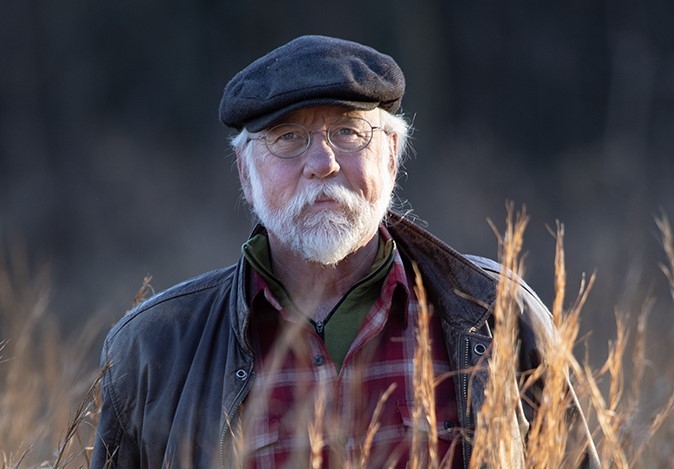

Iconic species
Iconic species
Species threatened and endangered, including Tennessee cave salamanders, Indiana bats, pale lilliput mussels, and palezone shiners, range from Appalachian mountaintop to Paint Rock riverbed.
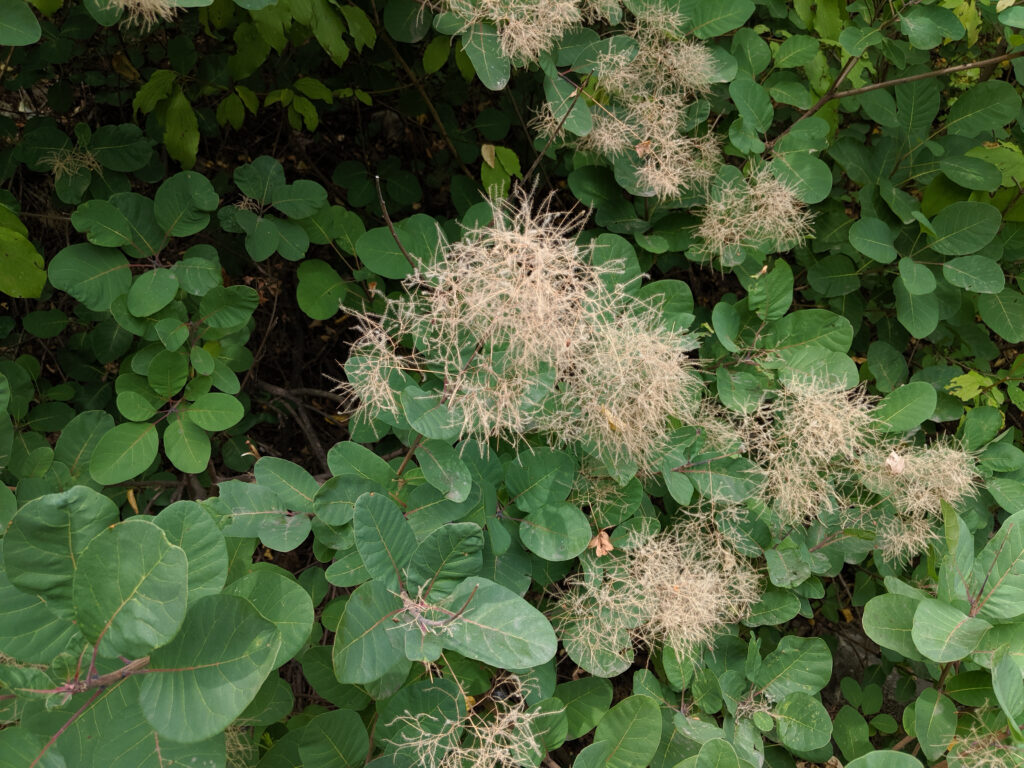

Protected areas status
Protected areas status
The campus of the Paint Rock Forest Research Center is on 10 acres within the Nature Conservancy’s 4,000-acre Sharp Bingham Preserve on the slopes of the stunning Paint Rock River Valley in Alabama.
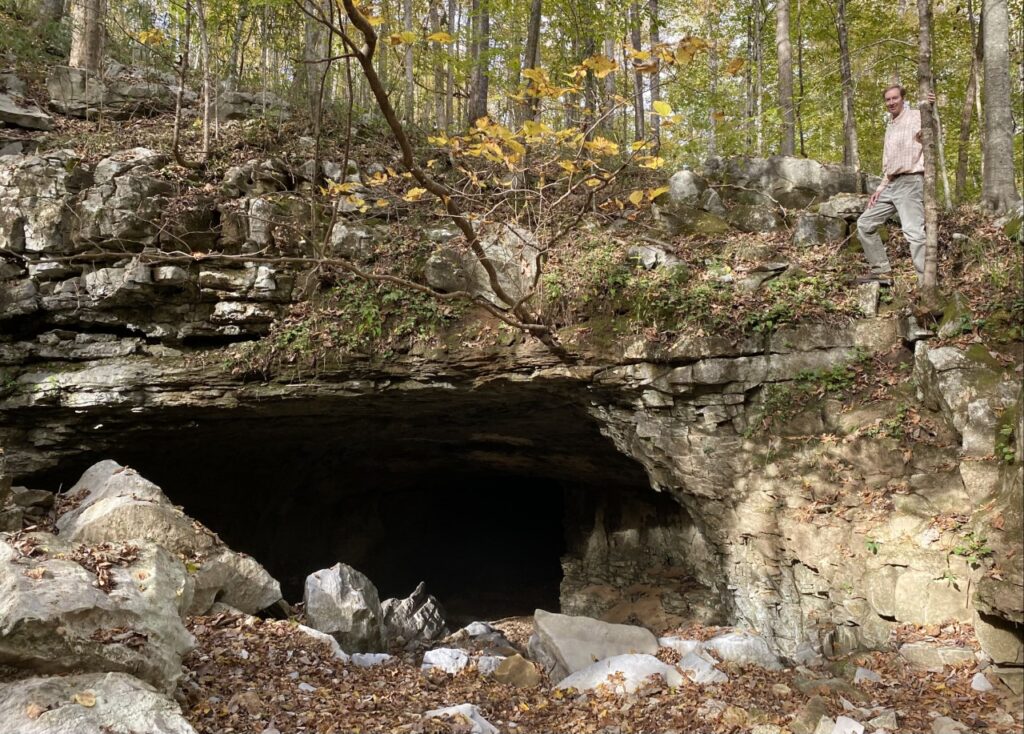

Scientific research
Scientific research
Research here may well help determine the future of North American forests. As part of a special program to encourage minority student participation in cutting-edge scientific research, Smithsonian is partnering with Alabama A&M University to set up and monitor the forest research plots.
Scientists from UCLA and Alabama universities are partnering with the Smithsonian Institute’s ForestGEO program, The Nature Conservancy and other research centers to set up a massive natural laboratory covering hundreds of acres. With a ten-acre campus and a large lodge the travel time for scientists to the field is short.
